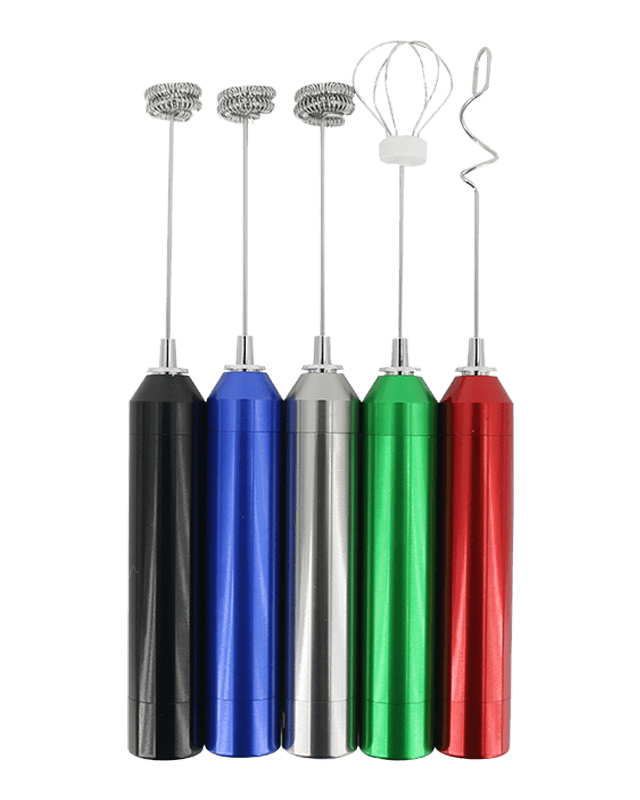Cleaning your milk foamer immediately after use is one of the most effective ways to prevent the build-up of milk residue. When milk is allowed to sit, especially after being heated, it tends to form a sticky film that adheres to the internal components, such as the frothing whisk and the interior of the jug. If left unchecked, this residue can become difficult to remove over time, potentially affecting both the performance of the foamer and the flavor of your milk foam. A quick rinse immediately after each use ensures that the milk doesn’t have time to dry and harden, reducing the need for intensive scrubbing.
Many milk foamers are designed with removable parts, including the frothing whisk, lid, and milk container. Disassembling these components is crucial for a thorough cleaning. Milk can accumulate in hard-to-reach places like inside the frothing whisk mechanism or around the lid seal. Removing these parts ensures that all surfaces are properly cleaned, and no residue is left behind. It also helps prevent bacterial growth, which could affect the quality of your foam or even compromise the device’s performance. Always consult the manufacturer’s guidelines to determine which parts can be safely removed and cleaned.
Rinsing your milk foamer with warm water right after each use is essential for preventing milk residue from hardening. While it might seem intuitive to use cold water, it is actually less effective at loosening milk proteins and fats that may have clung to the internal surfaces. Warm water helps to break down the proteins and fats, making it easier to rinse off the residues. Simply pour warm water into the frothing container and run the foaming function for a few seconds to clean the internal mechanisms. This process will minimize build-up and ensure that your foamer remains free of milk deposits.
When cleaning the milk frothing jug, whisk, or any other components, it is important to use a soft cloth or non-abrasive sponge. Abrasive cleaning tools, such as steel wool or rough sponges, can scratch the surface of the frother, particularly if it is made from stainless steel or a similar material. These scratches not only degrade the aesthetics of the foamer but can also provide surfaces where milk residue can accumulate more easily in the future. A soft cloth or sponge will ensure that the internal components are cleaned thoroughly without damaging the finish, preserving both the look and the functionality of the device.
One of the most important aspects of maintaining a milk foamer is to regularly descale the internal heating element, especially in regions with hard water. Over time, minerals from the water can accumulate and form a hard scale inside the foamer, which not only reduces its efficiency but can also cause it to overheat or malfunction. Most manufacturers recommend descaling the foamer every few months, depending on the frequency of use and the hardness of your water. Use a dedicated descaling solution or a mixture of water and vinegar, following the instructions provided by the manufacturer, to break down and remove mineral deposits. This will ensure that the foamer continues to function at peak performance and helps to extend its lifespan.



 English
English
 Français
Français
 Español
Español
 Deutsch
Deutsch
 日本語
日本語





























